Nowadays, petroleum-derived products (created through the process of oil and gas processing) have become an essential part of human life and the demand for these products is increasing. These products include two types: refined products and petrochemical products.
In which, the main refined oil products are fuels such as gas, gasoline, kerosene, jet fuel, diesel fuel (DO), furnace fuel (FO), and some other non-fuel products such as solvents for the rubber industry, paint production, lubricants, grease, asphalt, wax, paraffin, etc.
Dung Quat Oil Refinery
Petrochemical products are chemical products that have changed the molecular structure of raw materials such as crude oil or intermediate products of oil refineries or from natural gas. Petrochemical products are used in all areas of life, from food packaging to household items, on the road and in the workplace. For example, in the most modern new aircraft, the Boeing 787 Dreamliner, modern synthetic materials from petrochemical products account for more than half of the main structure. It can be said that the petrochemical industry plays a role in connecting the oil and gas exploitation sector with important industries of the economy , from textiles, plastics, rubber to pharmaceuticals, cosmetics, etc.
In Vietnam, the petrochemical sector started in 1982 with simple, small-scale oil refineries such as Cat Lai Oil Refinery (belonging to Saigonpetro), Phu My (belonging to Petrovietnam ), Can Tho (invested by RPC, a Thai company, then transferred to Vietnamese investors) and individual petrochemical plants such as 2 PVC plastic plants (invested by Vinachem - TPC Vina Joint Venture (Thailand) and Petrovietnam - Petronas Joint Venture), DOP plasticizer production plant (invested by Petrovietnam, Vinachem and LG), supporting products for the use of PVC plastic commonly used in construction.
Then came the natural gas-based fertilizer plants (Phu My and Ca Mau invested by Petrovietnam). However, it was only after Dung Quat Oil Refinery started operating (2009) that the petrochemical refining value chain from crude oil to a final petrochemical product, PP plastic, was completed. Then, when Nghi Son and Long Son petrochemical complexes and a number of other refineries/complexes came into operation, the Vietnamese petrochemical industry began to develop from oil refining to petrochemicals and petrochemicals from natural gas.
BSR successfully researches and produces new PP plastic granules in 2024
Vietnam in the future is not outside the world trend of combining refining and petrochemicals in one plant to increase profits with the increasing trend towards producing petrochemical products being obvious. Existing petrochemical refineries such as Dung Quat, Nghi Son, Long Son, etc. will be upgraded to be able to process low-quality crude oil at a cheaper price into cleaner and less environmentally polluting refined oil products; in addition to gasoline, there will be more types of asphalt, lubricants, sulfur and many new types of intermediate and finished petrochemical products.
Petrochemical products will be produced using modern, advanced technology, focusing on petrochemicals from natural gas, Vietnam's future strength with offshore gas fields stretching from North to South. Petrochemical and gas refinery complexes such as Dung Quat, Nghi Son, Long Son, Phu My, Ca Mau, Central, etc. with diverse products, serve as a foundation for related industries to develop, providing stable domestic raw materials for the chemical industry, supporting industry and textile industry to increase competitiveness, integrate with the region, take advantage of international and intergovernmental trade agreements such as the Trans-Pacific Partnership (TPP), ASEAN Free Trade Area (AFTA) or World Trade Organization (WTO).
It should be recalled that in the early years of the 21st century, almost all of Vietnam's petrochemical refining activities were supplied by Dung Quat Oil Refinery (managed by Binh Son Refining and Petrochemical Joint Stock Company - BSR) of the Vietnam Oil and Gas Group, the rest came from Ba Ria - Vung Tau Oil Refinery with a capacity of about 2,000 barrels/day and could not meet the increasing demand. Most of the products supplied to the market were joint ventures with large foreign corporations.
According to a report by Solomon Associates – a reputable company that evaluates the efficiency of over 85% of global refineries, Dung Quat Oil Refinery is one of the most efficient refineries in the Asia-Pacific region. BSR achieved high levels on Solomon's key performance metrics of operational readiness, capacity utilization and the Plant's energy efficiency index.
In recent years, Vietnam has continuously launched a series of multi-billion dollar petrochemical refinery projects. Vietnam's petrochemical refining capacity has tripled in five years, from 140,000 barrels/day in 2016 to 500,720 barrels/day in 2020.
Diamonds are created from crude oil.
Regarding petrochemical products, up to now, the greatest achievement of the Vietnamese petrochemical industry is the construction of two nitrogenous fertilizer plants in Ba Ria - Vung Tau and Ca Mau with a total capacity of 1.6 million tons/year. However, nitrogenous fertilizer is a special petrochemical production industry, using only methane as a raw material available in natural gas, so if only counting the industrial processes of the petrochemical industry from light olefins and BTX (aromatic hydrocarbons such as benzene, toluene, xylene), Vietnam only has 1 PP (polypropylene) production line in Dung Quat (Quang Ngai) with a capacity of 150,000 tons/year, ensuring about 30% of domestic demand.
Nghi Son Refinery and Petrochemical Complex produces benzene, xylene and propylene with a total capacity of about 1.35 million tons/year; Long Son Petrochemical Complex produces light olefins with a capacity of about 1.6 million tons/year. Therefore, the need to expand and convert Dung Quat Oil Refinery towards increasing the proportion of petrochemical products is very urgent. With very favorable conditions in accessing natural gas from the Blue Whale field (offshore Central Vietnam), the implementation of petrochemical production here is completely feasible.
Along with that, Phu My and Ca Mau Fertilizer factories have been producing and supplying the market with about 1.6 million tons of urea annually (accounting for about 75% of domestic urea market demand) and other fertilizer products such as NPK, organic fertilizers, microorganisms applying high technology science... contributing to stabilizing the domestic fertilizer market, supporting farmers in agricultural production and ensuring national food security.
In addition, in the textile sector in the petrochemical industry, Dinh Vu Polyester Fiber Factory is producing high-quality recycled fiber products (recycled DTY fibers) for the domestic and regional markets, which is meaningful for environmental protection. Up to now, Dinh Vu Fiber Factory has produced more than 6,000 tons of various types of DTY fibers, with AA product quality of more than 92%, and products from A-grade recycled fibers reaching 90%. In particular, after many efforts to improve technology, improve skills and labor discipline of the workers, and with the support of experts from SSFC, DTY fiber products of Vietnam Petrochemical and Fiber Joint Stock Company (VNPoly) have been approved by many leading fashion brands in the world for this enterprise to become a fiber supplier.
In addition, according to the Vietnam Packaging Association (VIPAS), in recent years, the plastic packaging industry has also developed strongly with an average growth rate of more than 25%/year due to the good growth of the food and foodstuff industry. This will be the driving force for the domestic petrochemical industry as consumption demand increases.
A review of the development of some products and factories in the oil and gas processing industry shows that, in general, the opportunities and room for developing petrochemical production in Vietnam are very promising. According to research by the Vietnam Petroleum Institute, with per capita consumption only 1/5 of the world, Vietnam's demand for petrochemical products in 2035 is about 10 million tons, of which PE, PP, PVC, PET are the products with the largest consumption.
To develop the petrochemical industry, our government is implementing policies that are appropriate to the actual capabilities of businesses and the ever-changing market demands in the region and the world, such as promoting exploration and exploitation projects, services, and even oil and gas processing. Due to limited technological and financial capacity, Vietnam needs to cooperate with foreign partners to obtain the most advanced technology possible as well as reduce financial burdens. Regarding human resources, Vietnam can be confident in its ability to receive and operate modern technological processes with partners.
Back to the matter of "oil and gas can be processed into diamonds", not only in theory but also geologists at Stanford University (USA) have created diamonds from crude oil (in 2020 According to Science Advances) completely clean (no chemicals, metals...) and consume little energy. This is a breakthrough achievement in the manufacture of permanent materials, important applications in the aviation, aerospace industries,... and of course has extremely high value. Meanwhile, Vietnam's crude oil is the best crude oil in the world, so we have every reason to believe that in the future our country can also produce diamonds, the best aerospace materials in the world.
Petrovietnam has formed, built and laid the foundation for the development of Vietnam's petrochemical industry; is commercially operating key oil and gas projects including: Dung Quat Oil Refinery, Nghi Son Oil Refinery and Petrochemical Complex, Phu My Fertilizer, Ca Mau Fertilizer... Annually supplying: over 13.5 million tons of various types of gasoline and oil, meeting about 75% of domestic gasoline and oil demand; 2.5-2.8 million petrochemical products, meeting 25-30% of domestic demand; supplying 2.3-2.5 million tons of fertilizer, meeting over 70% of domestic fertilizer demand.
Tung Duong
Source: https://www.pvn.vn/chuyen-muc/tap-doan/tin/bbfc0108-b49b-4ab3-a83f-5c7dfd654f0d


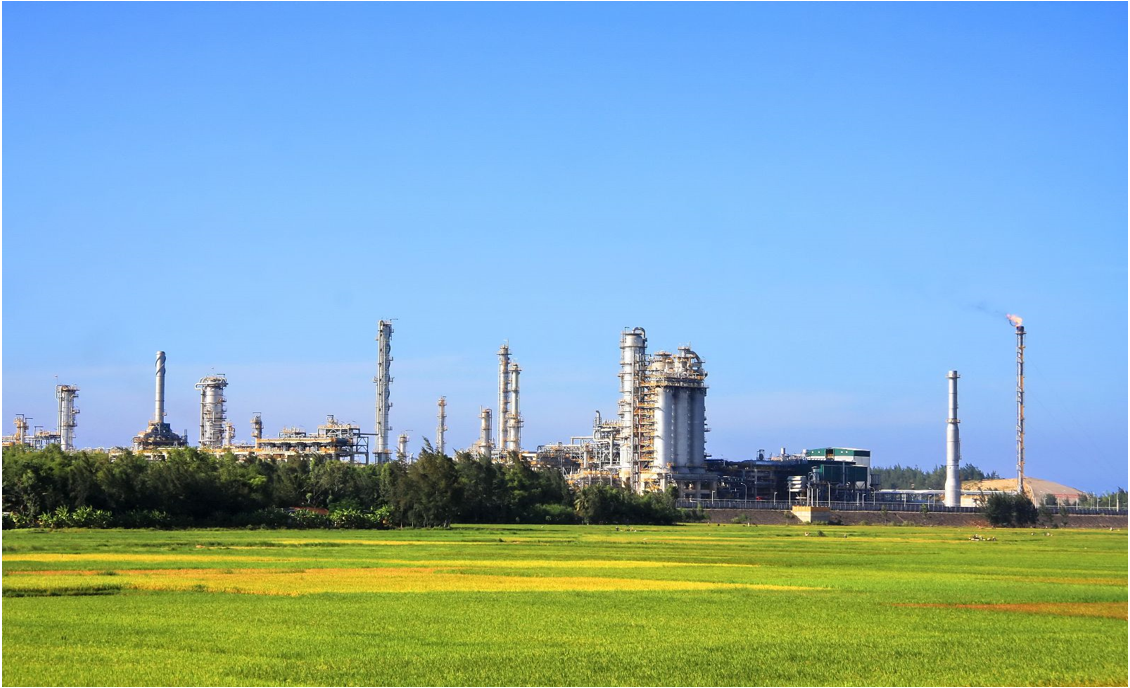
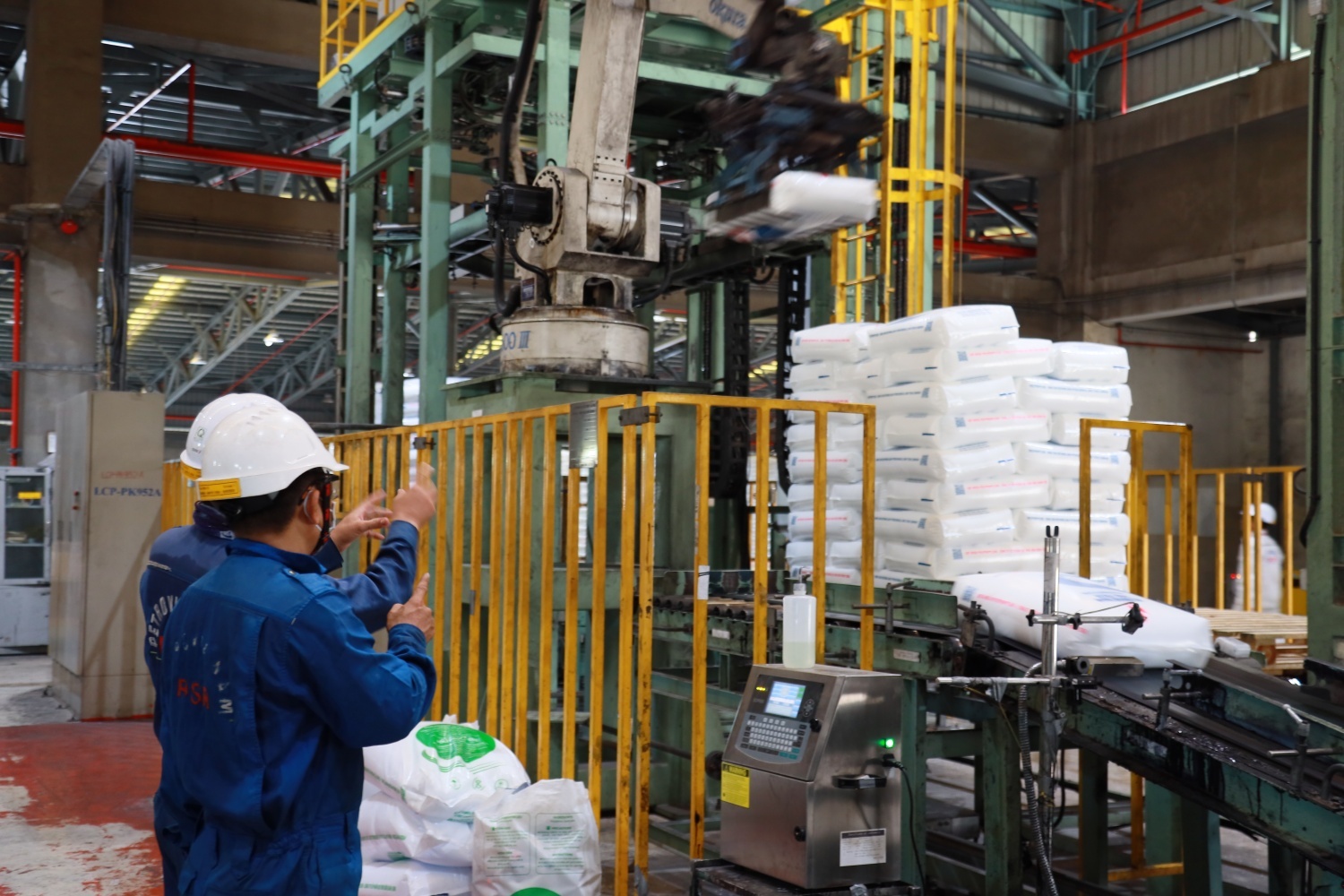
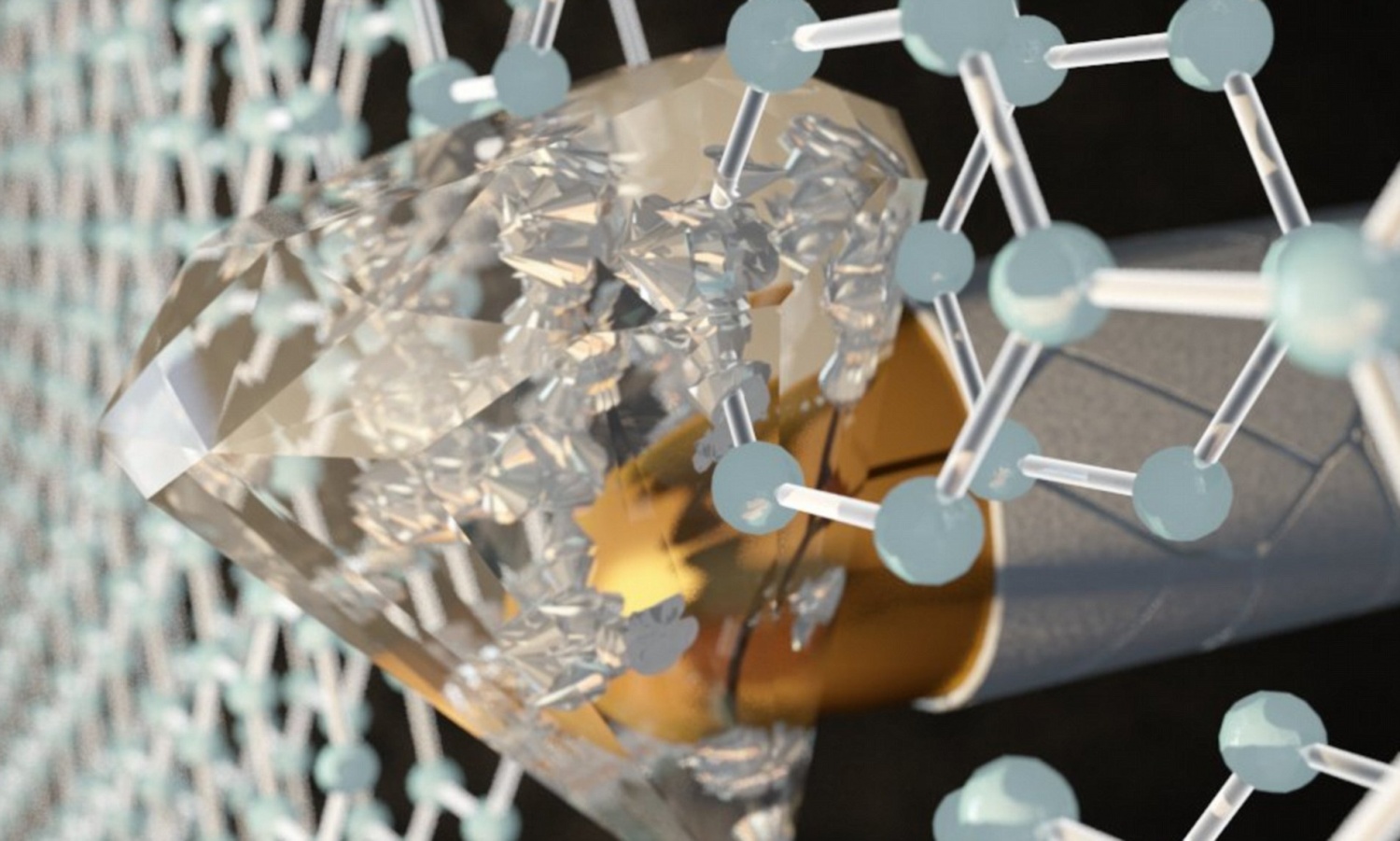
![[Photo] Press delegation meeting to visit Truong Sa and DK1 Platform](https://vphoto.vietnam.vn/thumb/1200x675/vietnam/resource/IMAGE/2025/5/22/6b8d232877ec421a9e8187d83b9f8006)

![[Photo] General Secretary To Lam chairs a working session with the Central Internal Affairs Commission](https://vphoto.vietnam.vn/thumb/1200x675/vietnam/resource/IMAGE/2025/5/22/3b7790f499da45b2803d8ae253207ef1)
![[Photo] Prime Minister Pham Minh Chinh chairs meeting on draft Resolution of National Assembly on International Financial Center in Vietnam](https://vphoto.vietnam.vn/thumb/1200x675/vietnam/resource/IMAGE/2025/5/22/d398664ff1a140629169ea5a24e1b4d0)

![[Photo] T&T 1 and Ho Chi Minh City 1 People's Police Teams won the men's and women's team championships](https://vphoto.vietnam.vn/thumb/1200x675/vietnam/resource/IMAGE/2025/5/22/39db06ae67cb4001b7a556e8d9a56d07)
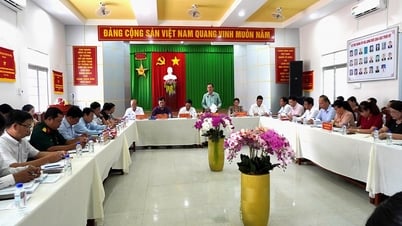
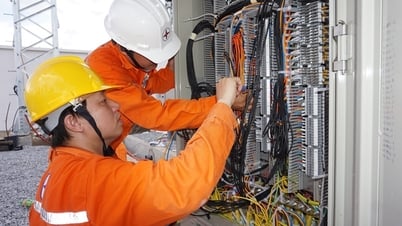

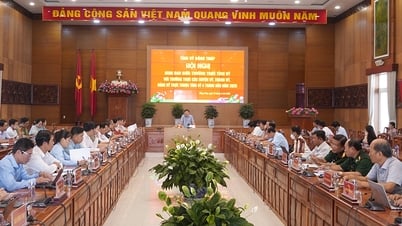
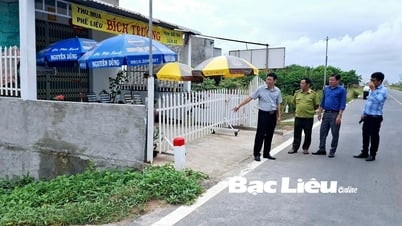
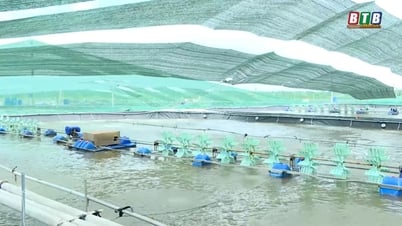





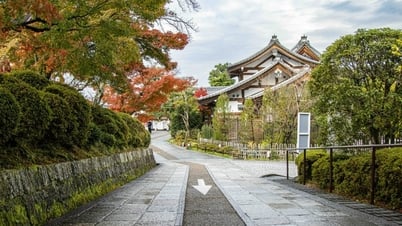















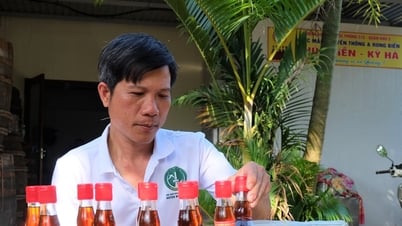

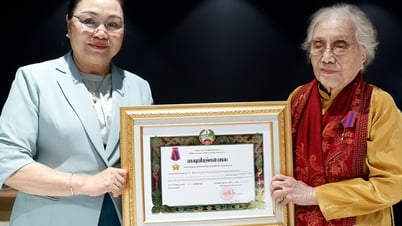

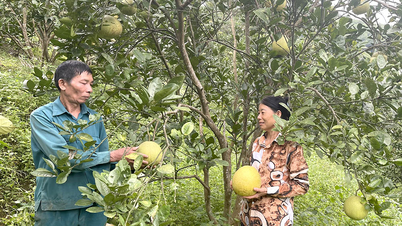











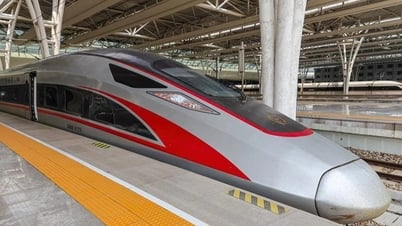
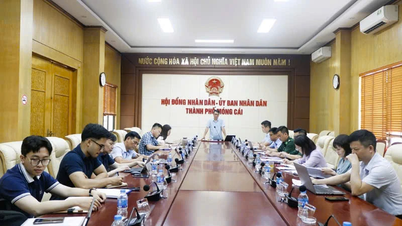
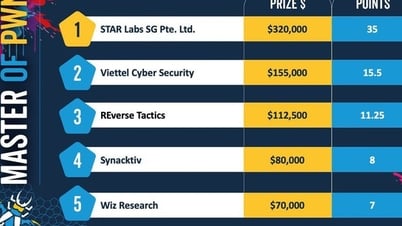

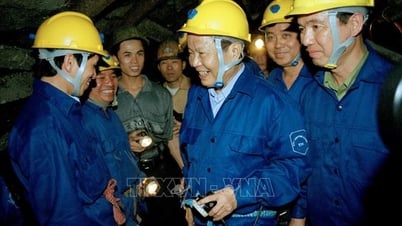
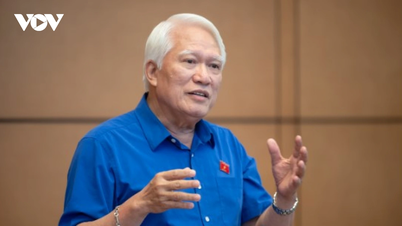




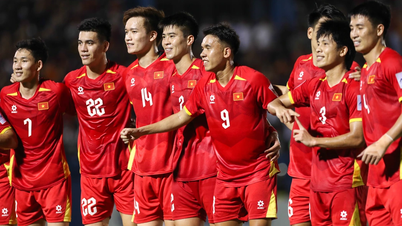

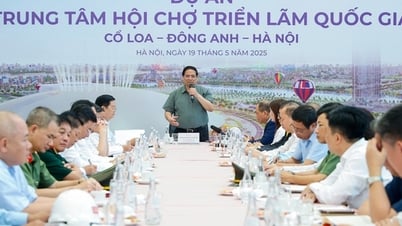

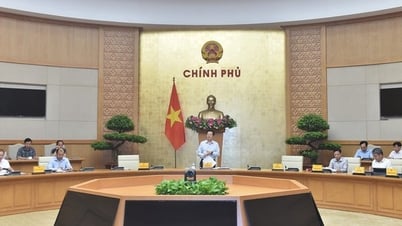
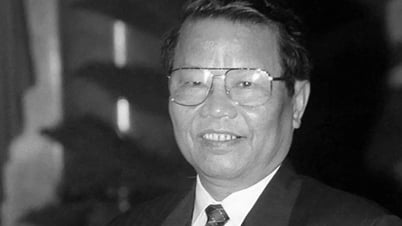






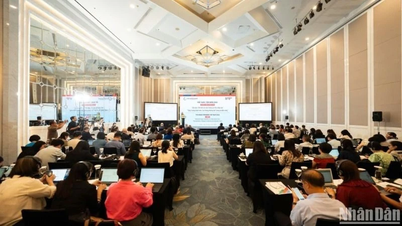

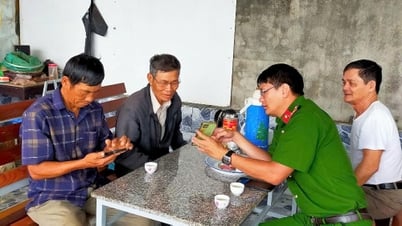

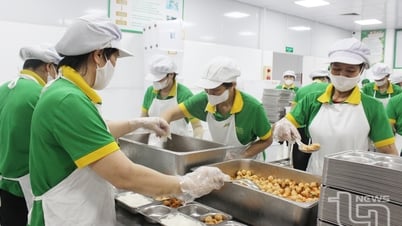

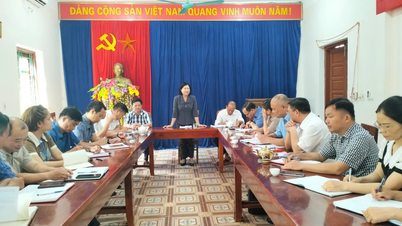









![[Podcast] Week introducing more than 500 OCOP products in Hanoi](https://vphoto.vietnam.vn/thumb/402x226/vietnam/resource/IMAGE/2025/5/22/d144aac2416744718388dbae3260e7fd)



Comment (0)